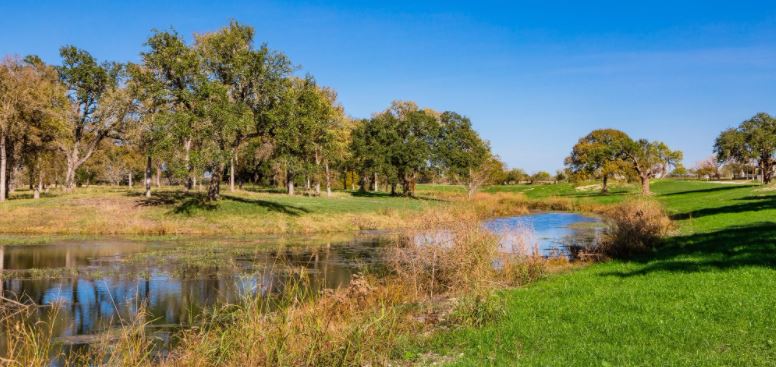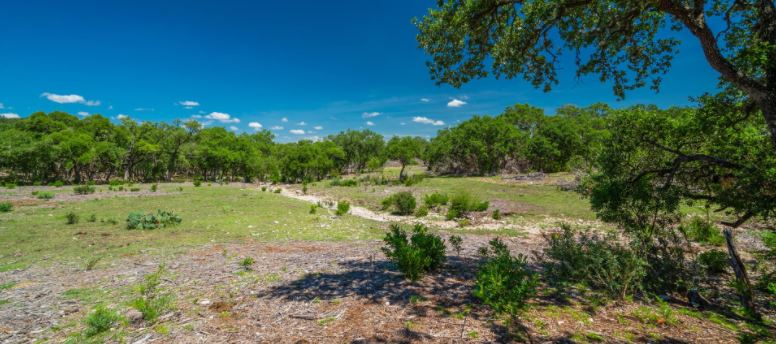Landowners can get a “wildlife exemption” by managing for wildlife habitat in Medina County. Improving a property for wildlife benefits native plants and animals. It can also benefit owners of agricultural land since they can maintain an a wildlife tax valuation on the land. Wildlife and habitat management is an approved agricultural practice in Medina County.
Habitat is defined as the physical and biological surroundings of wildlife and provides everything that wildlife needs to survive and reproduce. The three basic requirements of any wildlife species to survive and reproduce are food, water, and shelter. Landowners in Medina County often use these as practices for wildlife exemption.
Wildlife Management: Medina County and Beyond
Often times, landowners tend to focus on a specific wildlife species and its needs as opposed to the habitat or community in which they live. The key to managing wildlife and our natural resources is to use a holistic approach and promote healthy ecosystems. This helps animals targeted for management as well as those not targeted.
Generally, single species deserve less attention while the system in which they thrive requires more. Knowing how a system functions, and applying the techniques with which that system developed is imperative for its continued health and existence. Most people are not wildlife biologist, so finding professional help is recommended for landowners developing a wildlife management plan for their Medina County land.

Wildlife Exemption Practices for Healthy Habitat
Ecosystems, even on small acreage, are dynamic and continuously changing. Succession is the change in plant species composition and structure over time and it is succession that we as land managers are trying to manipulate. Generally the earlier the successional stage the greater the plant diversity and the greater the number of wildlife species that are benefited. This is true across Texas.
Maintaining a variety of habitat types, while at the same time promoting plant diversity in both species composition and structure within each habitat type, should be the goal of all good wildlife management programs. Landowners that maintain an ag tax valuation on their land through wildlife management use must identify and manage for at least one native wildlife species.
Wildlife Management Practices for Tax Valuation
Aldo Leopold, who is known as the “Father of Modern Wildlife Management”, authored a book in1933 titled Game Management. In this textbook Leopold wrote “…game can be restored by the creative use of the same tools which have heretofore destroyed it – ax, plow, cow, fire, and gun”. Of course, this idea holds true for both game and non-game species.

The idea should also be encouraging to landowners. Land in any state can be made better for native plants and wildlife. Habitat management is the active application of these “tools” to the land in order to promote land health and enhanced availability of the 3 basic requirements to all wildlife species.
Wildlife Exemption in Medina County
Management activities through wildlife exemption can effect plant growth, food chains, water and nutritive cycles and these impact habitat for native wildlife. Sound management creates high quality habitat for wildlife, but also leads to more stable conditions during stress periods such as droughts and winter.
Managing for native wildlife can be rewarding for landowners (in many ways) in Medina County, but we understand that preparing a wildlife management plan to file with the county appraisal district for wildlife exemption (wildlife tax valuation) can be a daunting task. Contact us and we will handle the plan preparation while you enjoy your land!
